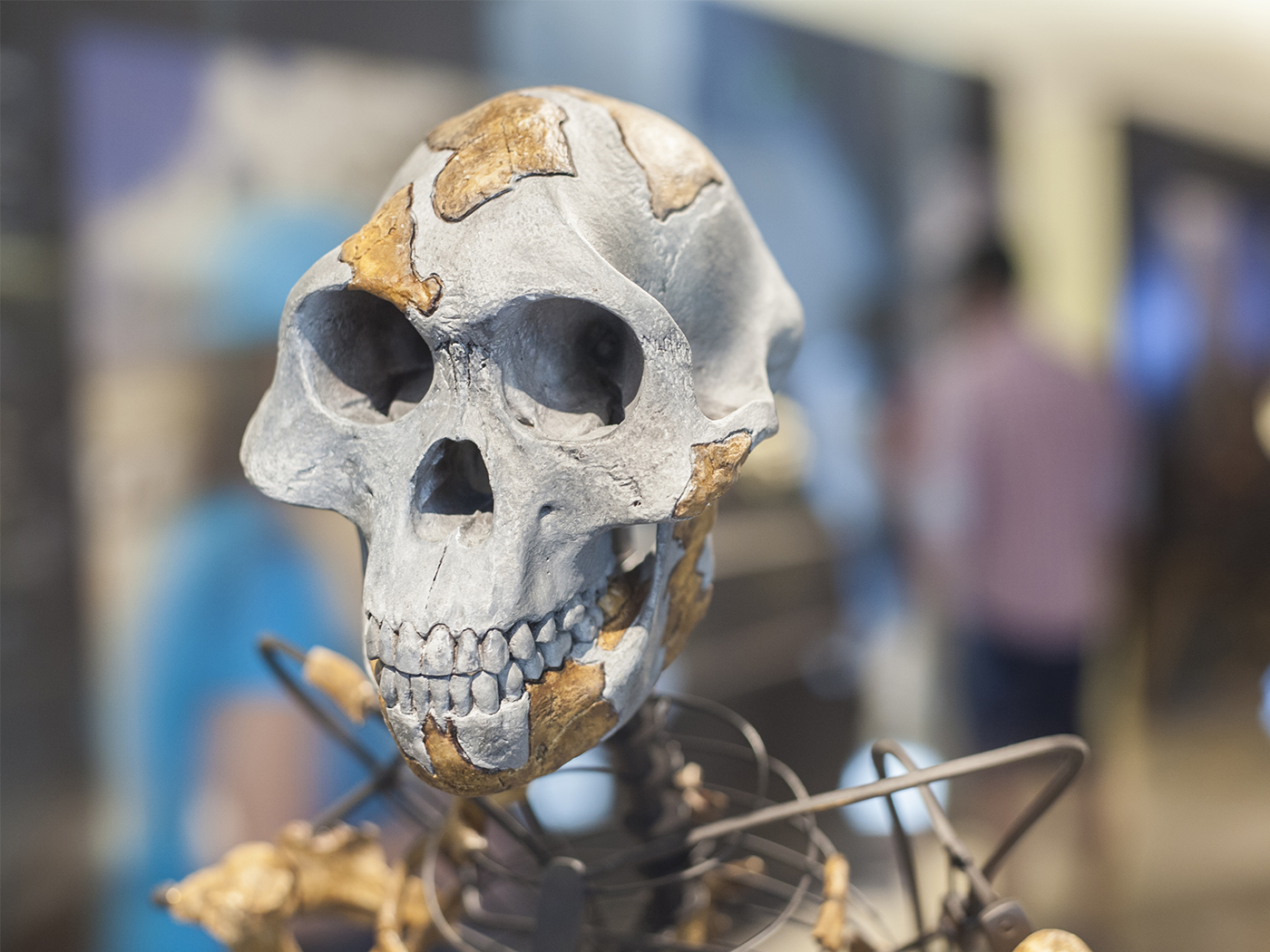One of the first lessons in plant evolution is that algae existed for millions of years before the more complicated materials and structures necessary to convert them into woody land plants had ever evolved. This lesson sounded more feasible when evolutionists thought that algae were missing a critical land plant tissue-building chemical. But when secular scientists discovered this very material in algae from the coast of California, they invented new lessons to replace the old. Changing evolutionary lessons illustrate important origins lessons.
In 2009, scientists found lignin in the algae Calliarthron. Lignin is an important ingredient because it enables this red alga to resist the wear and tear of living in tumultuous surf. Trees and tall plants use lignin to strengthen their cell walls. It is a complex organic polymer that acts as a glue to stiffen structures, allowing plants to climb high.1 And the discovery of this lignin in algae turned plant evolution into tumult.
A team of scientists from the University of British Columbia and Stanford published their discovery in the journal Current Biology.2 They expressed difficulty believing that plants' abilities to manufacture lignin evolved two times—once in algae and once in land plants. The study authors wrote, "Because monolignol [lignin chemical] synthesis is exceptionally complex, it seems unlikely that Calliarthron and terrestrial plants evolved monolignol biosynthesis and polymerization completely independently."2
But why should this be difficult for an evolutionist to believe? If evolution is powerful enough to produce people, pine trees, and pangolins from primordial protists, then what would hinder it from inventing lignin multiple times?
Professor Mark Denny told the University of British Columbia, "The pathways, enzymes and genes that go into making this stuff are pretty complicated, so to come up with all those separately would be really, really amazing. Anything is possible, but that would be one hell of a coincidence."3
If it is difficult to believe that lignin production evolved twice, then it should be difficult to believe that it evolved even once.
And according to more recent plant evolution news, land plants needed another lucky coincidence to have evolved. Certain bacteria and fungi are specifically suited to have biochemical dialogues with plant root cells to collaborate on obtaining and converting nitrogen from the atmosphere to a biologically useful form. They even share gene segments for a critical enzyme. The fungus genome has half of the gene, and the plant genome has the other half.
Could this, too, have come from a lucky coincidence?
Katie Field, a University of Sheffield biologist, is lead author of the study that appeared in Nature Communications.4 She reported that when the fungus-plant relationship evolved, it "increased symbiotic efficiency and as such, ensured the success of plants in 'greening the Earth' and their ensuing diversification, creating the wonderfully varied terrestrial ecosystems that we are familiar with today."5
Any suggestion of nature creating lignin manufacturing facilities, or of nature "creating the wonderfully varied terrestrial ecosystems" that contain over 173 different plant families, is "really, really amazing"—too amazing to be true.6 One lesson emerges from this. Because nature could not have made lignin twice or even once, and because nature could not have made plants, something outside nature must have.
References
- Thomas, B. 2011. Thank God for Wood. Acts & Facts. 40 (10): 17.
- Martone, P.T. et al. 2009. Discovery of lignin in seaweed reveals convergent evolution of cell-wall architecture. Current Biology. 19 (2): 169-157.
- Discovery of Land Plant Characteristic in Seaweed May be Evolutionary Curve Ball. UBC science news. Posted on science.ubc.ca January 27, 2009.
- Field, K.J. et al. 2012. Contrasting arbuscular mycorrhizal responses of vascular and non-vascular plants to a simulated Palaeozoic CO2 decline. Nature Communications. 3 (5): 835.
- Ancient plant-fungal partnerships reveal how the world became green. The University of Sheffield News. Posted on shef.ac.uk May 15, 2012.
- World Checklist of Selected Plant Families. Kew Gardens. Posted on apps.kew.org, accessed August 24, 2012.
* Mr. Thomas is Science Writer at the Institute for Creation Research.
Article posted on August 27, 2012.






















